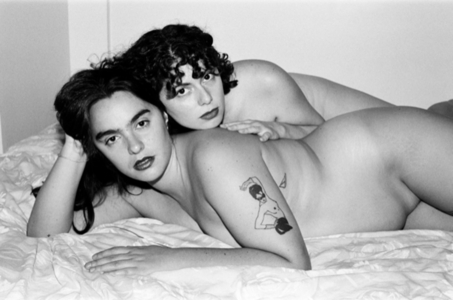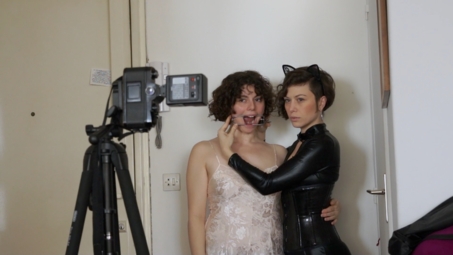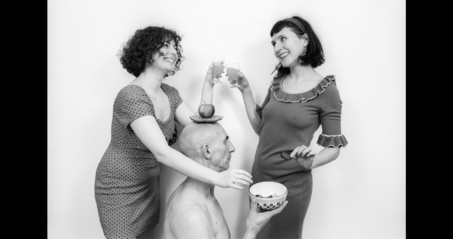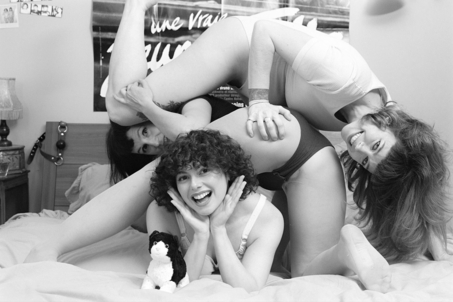The Joyful Mess of Romy Alizée
(or thanks for the trouble)
Authentic artistic (and photographic) expression often steers clear of two marker buoys: on the one hand the presentation of an aesthetic or societal discourse in photos, and on the other the production of pretty, decorative, formalistic images.
On the one hand over-significant and pontificating, and on the other too aware of their appeal, but hollow, the images then become indigestible, and can only be taken seriously.
For Romy, it's hard to imagine an art that has nothing to say, yet at the same time, in what she does, she sees herself as an artist not an activist. Derision is one of her trump cards. Playing on lightness and distance, playful detachment in the creation of images, she pulls off a double tour de force:
She is part of the history of eroticism in photography; at the same time she forcefully affirms the appropriation of female desire and plural desires.
History as written by men has so far only valued certain women's bodies.
Either they were "in spite of themselves" reassuring and submissive objects of desire or, conversely, dominatrices. The same goes for men seen by men (Parnassian idealization and its "bad-boy" counterpart).
Everything was nicely -oops!- squared away.
History's new pages, raw, funny aesthetics, look once and then again: it's just an image, but a fair image, which casually emancipates itself from several forms of oppression: gender, class, etc.
We can feel disturbed by the images that Romy offers us, and that's fine; we shouldn't have ideas that are too well-ordered – they quickly gather dust.






 by
Romy Alizée
by
Romy Alizée
